USA Pro Challenge: The Day report stage 5
A closer look at the time trial with Hall and Brajkovic
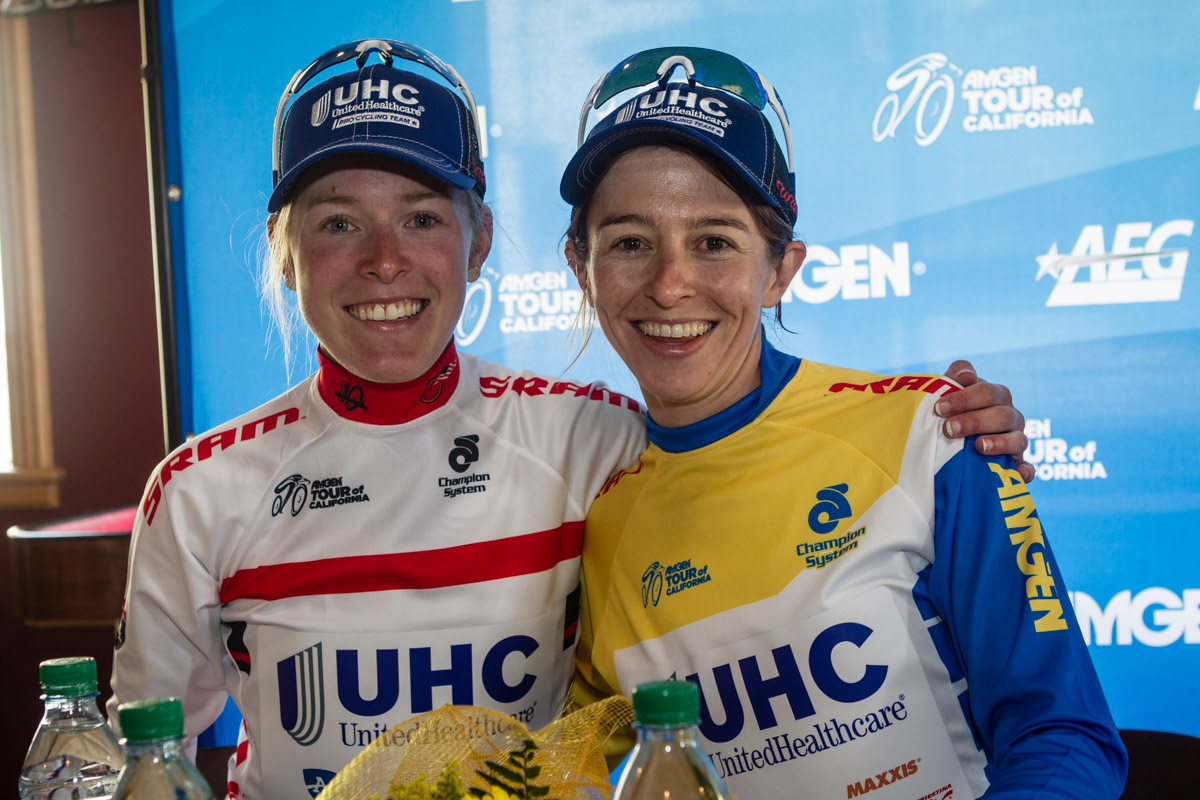
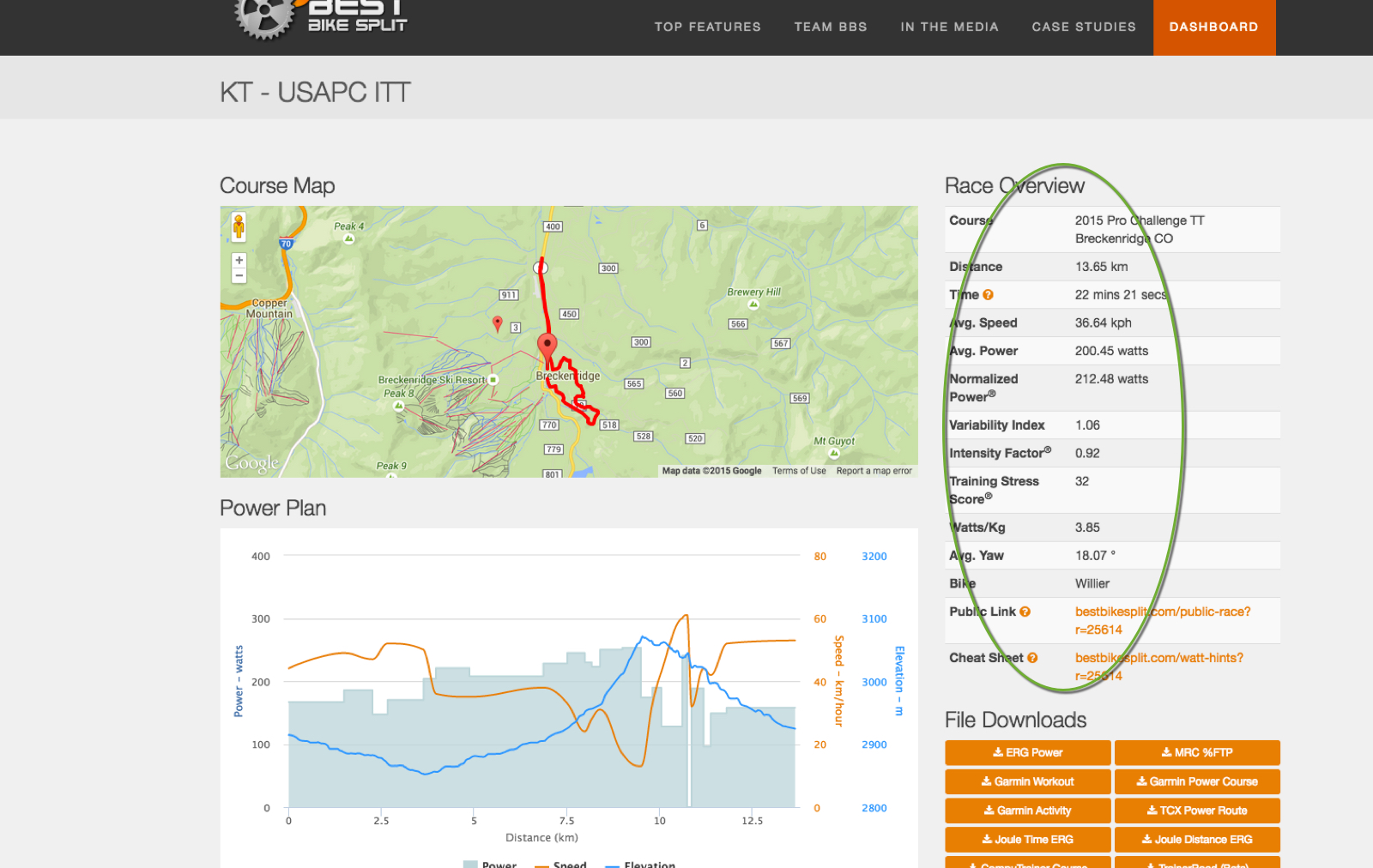
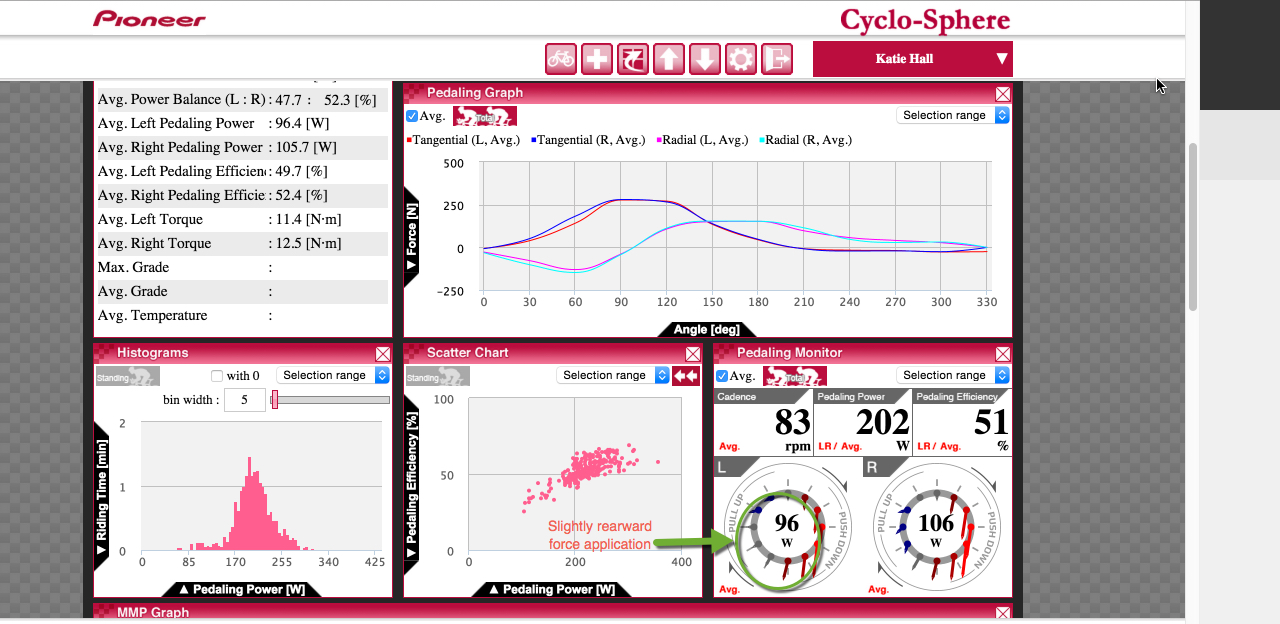

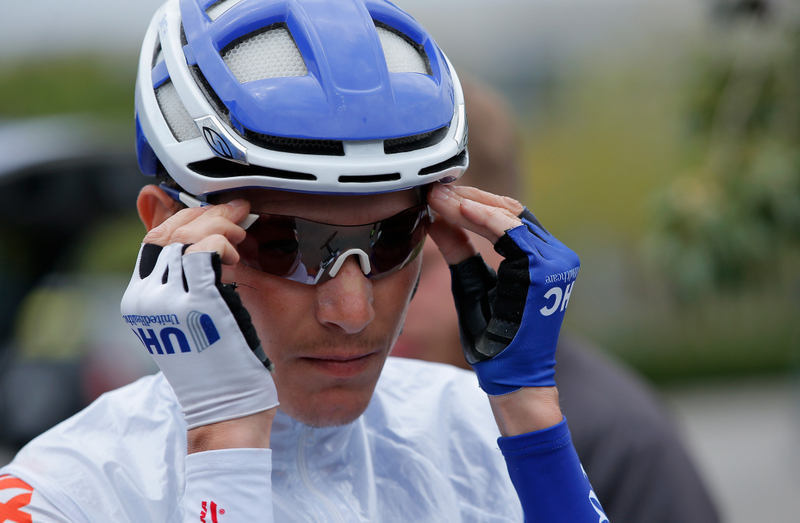
It’s a great thing that on Friday, for the first time, the USA Pro Challenge presented two yellow jerseys – one to the men’s race leader, Rohan Dennis (BMC), but also to the first leader of the women’s race, Olympic Champion Kristin Armstrong, in their inaugural Pro Challenge.
The stage was a 13.5km time trial raced in the mad, bike-friendly town of Breckenridge. The course was a tricky one, 3000m (9840ft), a windy false flat section, the steep 12 per cent climb up Moonstone Rd, before the ripping descent back to the finish in Breck.
When it comes to time trials, data can be an amazing tool. It doesn’t make it any easier, the hard work still must be done, but using a power meter as a pacing tool is a sure way to achieve your fastest time for your condition.
Before a time trial or triathlon, I use an optimization engine called Best Bike Split, to model the fastest plan for the athlete by inputting all of their specifics, equipment choices, the course profile and the predicted weather conditions. The athlete will be given recommendations on how best to pace over the course.
On today’s stage, I prepared a plan for UnitedHealthcare’s, Katie Hall. The unknown was how much the high altitude would affect her. Looking at the screenshots, you can see that we planned on her achieving a time of 22:21 and, with her power a little lower than expected, she came home in a time of 22:27 for eighth place on the day.
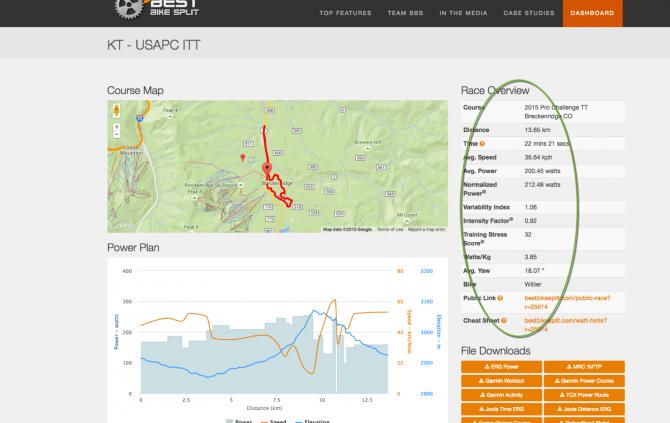
Reviewing Hall’s data with the Pioneer Cyclo-sphere site, we can see her power application in 12 different points around the pedaling circle. Due to the “forward” nature of the time trial position, the angle of the force is down but also pointing in a rearward direction. This analysis can help a rider optimize their position on the bike.
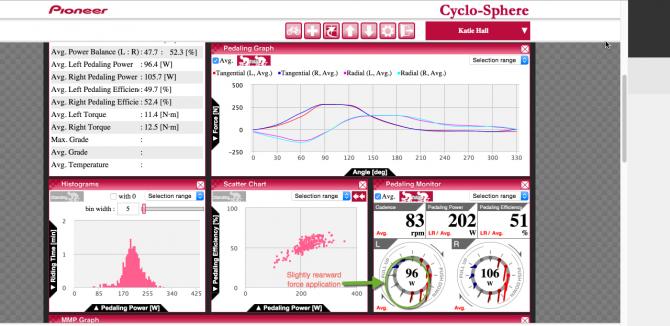
Watching Jani Brajkovic, U23 time trial world champion 2004 and two-time national ITT champion from the follow car today, I could see that this guy can ride his TT bike. He rode the entire climb in his aero-position, showing excellent strength, comfort and nerve on the descent. His power file from the event is as professional as I’ve seen with very consistent power output and limited spikes, an essential for executing your best time trial. On the first false flat section, he controlled his effort a little saving his bigger push for the climb, before tucking in to go fast down the descent.
Get The Leadout Newsletter
The latest race content, interviews, features, reviews and expert buying guides, direct to your inbox!

When it comes to using power in bike racing, the place where it is most beneficial is during time trials. The demands of a road race on the other hand, often mean that the rider just needs to react to the race around them and as always, listen to their bodies to guide them. It’s important to use the numbers as a guide, yet not let them rule you.
Tomorrow comes the 165km Loveland to Fort Collins stage. Being back down at 1500m (approx. 5000ft), the riders will be able to produce a lot more power and we will be in for some dynamic racing action. The climb up Buckhorn to Rist Canyon will split the bunch up and it will be interesting to see what riders are able to make it and how many teammates they’ll have in support for what I believe will be a reduced field sprint.
To subscribe to the Cyclingnews video channel, click here.